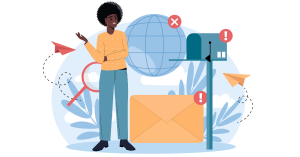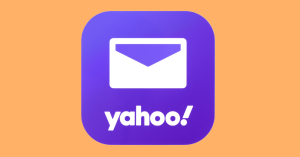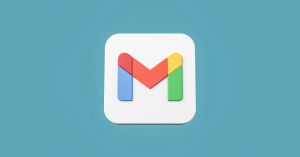Optimizing your email content and program can help drive up performance, but where do you start? There’s optimizing the message content, improving the design layout, monitoring deliverability, analyzing subscriber engagement, and dozens of other activities that require attention. It’s easy to overlook or neglect those monitoring and control tasks when you’re in the throes of campaign planning and execution. But with the emergence of the Managed Inbox, it’s becoming increasingly more important that you nurture and develop all areas of your email strategy to ensure your hard work doesn’t fall flat.
What is a Managed Inbox
A Managed Inbox is an email inbox that has had an automated filtering system applied to incoming email messages to block, categorize or prioritize them. This automated filtering is done by ISPs (Comcast, Verizon, etc.), email apps (Apple Mail, Gmail, Outlook, etc.), and/or additional inbox cleanup tools (Mailstrom, SaneBox, etc.). The goal is to cut out the clutter and spam for their users.
What is Managed Inbox Optimization
Managed Inbox Optimization (MIO) is like SEO for email. It’s a wide-range approach to managing better inbox placement so that your recipients see and interact with the emails you create for them. Much like the many ways to optimize content for better search engine results page rankings, there’s not a single silver bullet that delivers your email to the inbox. MIO demands a holistic perspective of your email content, subscriber lists, and automation strategies.
To help manage what can seem like a million activities, I’ve created a checklist for what to focus on and when for improvements to managed inbox optimization.
The Managed Inbox Optimization Checklist
- Program Setup
- Send from a reputable email service provider or marketing automation platform to ensure sending infrastructure is sound, unsubscribes are processed promptly and bounce handling is appropriate.
- Know your sending IP address(es) and determine if dedicated sending IPs are needed for sub-brands, campaigns, etc. to segment reputation and performance.
- Authenticate your sending domain(s).
- Set up feedback loops for monitoring spam complaints.
- List Sources and Opt-Ins
- Know your list sources and expectations set at the time of opt-in.
- Determine a threshold for negative engagement metrics (hard bounces, complaints, spam trap hits) by partner or list source and a protocol for remediation if the threshold is met.
- Set a list hygiene schedule.
- Determine how often and document what data on existing contacts will be updated.
- Create a plan to clear out inactive or unengaged recipients periodically.
- Manage your recipient Preferences Center, allowing recipients to opt in or out of your different types of content.
- Create a regular testing strategy for improving engagement rates.
- Campaign Planning
- Determine appropriate audience, message and timing.
- Who is our audience and is this communication they are expecting to receive?
- What content does our audience want to receive?
- What’s an appropriate deployment time or frequency?
- Consider how this email communication fits in the broader context of the recipient’s experience with your brand.
- Are there other touchpoints, either online or office, to coordinate for a cohesive experience?
- Determine list size or anticipated volume and whether it will cause an undesired volume spike.
- Determine appropriate audience, message and timing.
- Campaign Execution and Testing
- Create a well-organized, structurally sound and meaningful email with:
- Preview / preheader text
- Device-friendly subject line
- Single, primary CTA
- Appropriate, meaningful use of personalization
- Tracking enabled
- Images with alt text
- Headers and formatting allow for easy reading
- Test links, including unsubscribe link.
- Scan content for any rendering or spam filtering issues.
- Ensure there are no current issues with blocklists or Sender Score prior to campaign deployment.
- Create a well-organized, structurally sound and meaningful email with:
- Campaign Reporting
- Identify areas that may indicate or lead to deliverability problems.
- High bounce rate, particularly hard bounces (bad email addresses)
- High unsubscribe rate
- High complaint rate
- Blacklistings
- Spam trap hits
- Lower-than-average domain engagement (ex: low open rate at Gmail)
- Identify areas that generated positive engagement.
- Identify areas that may indicate or lead to deliverability problems.
- Program Monitoring
- Check your Sender Score regularly: https://www.senderscore.org/lookup.php?lookup=0
- Check for blocklist issues regularly: https://www.senderscore.org/blocklistlookup/
- Know your subscribers’ top email clients and devices.
- Know how your engagement performance is trending per campaign.
- Know how your list growth is trending.
- Document lessons learned from historical testing.
Having trouble with your email program? Let’s talk about it—maybe we can help! Drop us a line at expert@emfluence.com or reach out to us using the form below.


